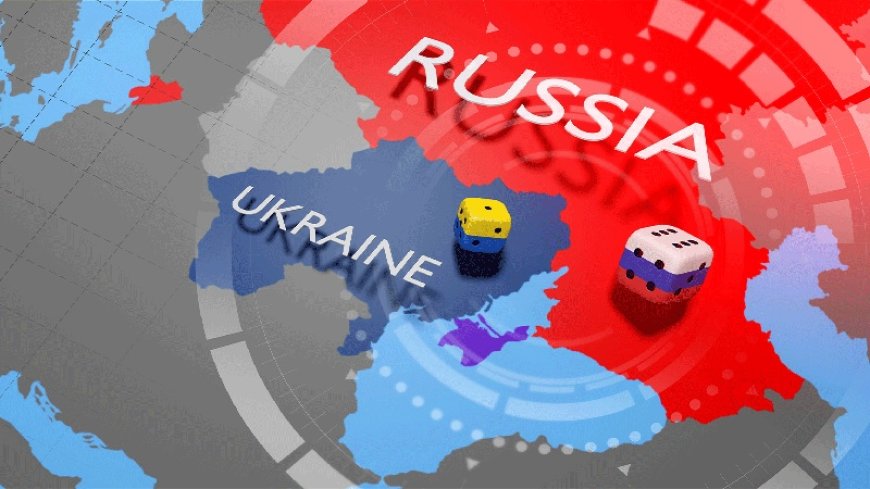Overwhelmed German officials argue at summit over Ukraine refugees

A summit meeting on the situation of refugees failed to break a deadlock between the federal, state and local governments. Reinhard Sager, head of the German district association, said on Thursday that the summit was a disappointment. He criticized Chancellor Olaf Scholz for his absence. "We urgently need relief now," said Sager.
The municipalities are demanding more support, tighter borders and faster deportations from the federal government. "The mood in the country ... it threatens to tip over," said the Hessian Interior Minister Peter Beuth after the Berlin summit. "It is therefore necessary that we find solutions quickly." Home Secretary Nancy Faeser reportedly offered more federal property to house refugees and outlined a new working structure for the collaboration.
A year after the start of the war in Ukraine, more than a million refugees from Ukraine, mostly women and children, are registered in Germany. Net immigration from Ukraine alone, at 962,000 in 2022, was higher than that from Syria, Afghanistan and Iraq combined between 2014 and 2016, which was 834,000, according to the latest data from the Federal Statistical Office. Displaced Ukrainians now live in countries across Europe and beyond. Many have spent months away from their home country.
CBS News senior foreign correspondent Charlie D'Agata said in 2022 that Ukraine “is not, with all due respect, a place like Iraq or Afghanistan where conflict has raged for decades. This is a relatively civilized, relatively European state.”The BBC interviewed a former Deputy Prosecutor General of Ukraine who told the channel: "It's very emotional for me because I see Europeans with blue eyes and blond hair... being killed every day."
Speaking on French BFM TV, journalist Phillipe Corbé said: “We are not talking about Syrians fleeing the bombing of the Putin-backed Syrian regime. We're talking about Europeans driving cars that look like ours to save their lives.” In other words, not only do Ukrainians look like “us”, their cars look like “our” cars too.













































